Notes
David Degner in Cairo: Strikes Threat to Democracy OR Expression of It?
Maybe policeman protesting this Sunday were less taking aim at the new democracy than they were expressing it, the use of the shooting target as protest sign a dramatic symbol of turning over a new leaf.
In the United States, where the term “community organizer” was demonized in the last presidential election and the labor movement hasn’t been winning any popularity contests, it’s understandable how news of strikes in Egypt, especially in these first few days after the fall of the Mubarak regime, might seem like an ominous sign. But then, as Barnard Professor Mona El-Ghobashy explained Monday on DemocracyNow, strikes have not just become part of Egypt’s social fabric in recent years but helped lay the foundation for the revolution:
What this (current wave of strikes) shows is a convergence of the old style of protest with a completely changed political environment. That’s the significance of it.
Observing and photographing this “new normal,” photographer David Degner takes a similar attitude, also seeing these demonstrations, at least at this point, as more a symptom and expression of the transition. As Degner related to me:
“This Sunday, there were at least four or five protests going on here in downtown Cairo as workers from different organizations went on strike. For example, just in one stretch there was one at Egypt Telecom, a major health insurance company and at one of the smaller newspapers.
“The police protest we see in these two photos took place on Sunday at the Ministry of Interior … the location an odd thing in itself. Taking pictures the night of Jan. 29th was one of the most significant moments of the protests for me. There were kids just one block up trying to get to the Ministry running directly into police gunfire. And now, just a few weeks later, the policemen, in the same spot, are protesting for better housing, health care and wages — and want the people to also know that they are no longer under their former leader, Adly, who was removed as Minister of the Interior.
“This picture is from Mansoura, which is in the Nile Delta about four hours from Cairo — which I got to from Alexandria by getting on a train by accident going in the wrong direction.
“Finally finding a train back to Cairo, I was delayed by these guys standing and sitting on the track. When I talked to them, they said they were mechanics asking for wages more comparable to what the engineers make. They felt the engineers were earning too much to be sitting in offices drinking coffee and tea all day while they were out working. The people on the side of the track were commuters trying to convince these guys to get back to work. The protest lasted about two hours. When they got their message heard enough, I guess (looking mostly pleased here, you’ll notice), they left the tracks and the trains starting running again.”
Consistent with the hand wringing in some Western media, maybe the Generals will just decide to put their feet down and outlaw all strikes. Until they do so, however, perhaps what we’re seeing — in the policemen in Cairo or the rail works in Mansoura — is the expression of new-found freedom combined with the people’s insistence on economic reform.
Or, as David puts it, maybe these strikes just seem to be what is going on right now.
–Michael Shaw
PHOTOGRAPHS by DAVID DEGNER.
You can see the archive of all the photo-reports from BagNews since the Middle East crisis began at Middle-East Uprising 2011. For David’s photo-documentation of life in Cairo, including more crisis images, visit his website, Incendiary Image.
Previous post: “Yesterday I Was A Demonstrator. Today I Build Egypt.”
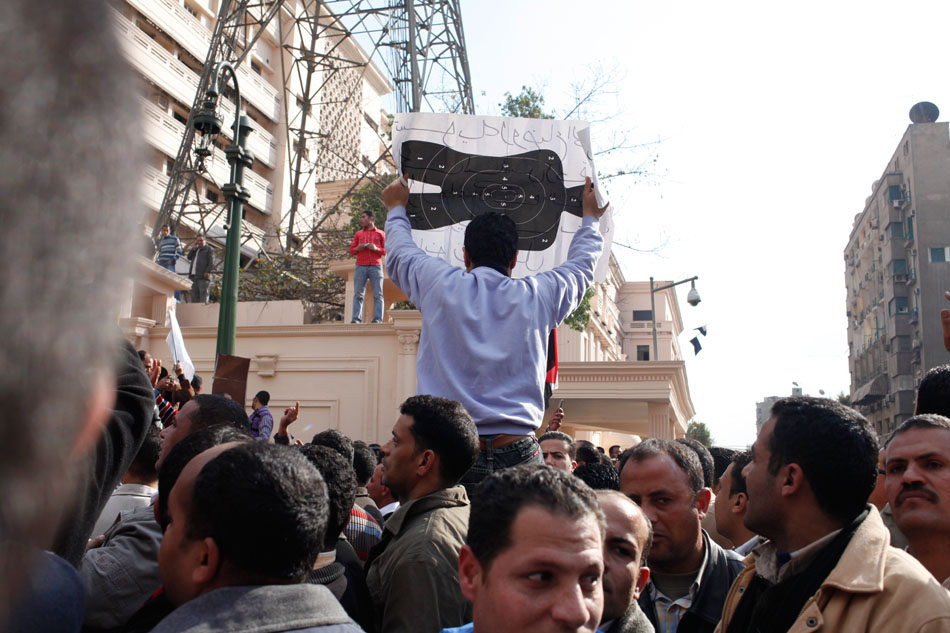
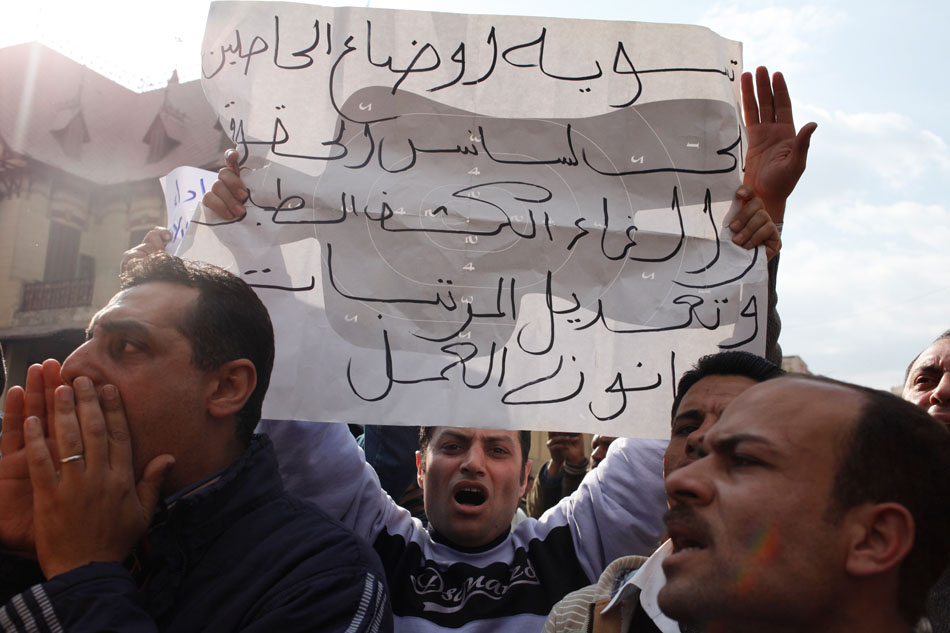
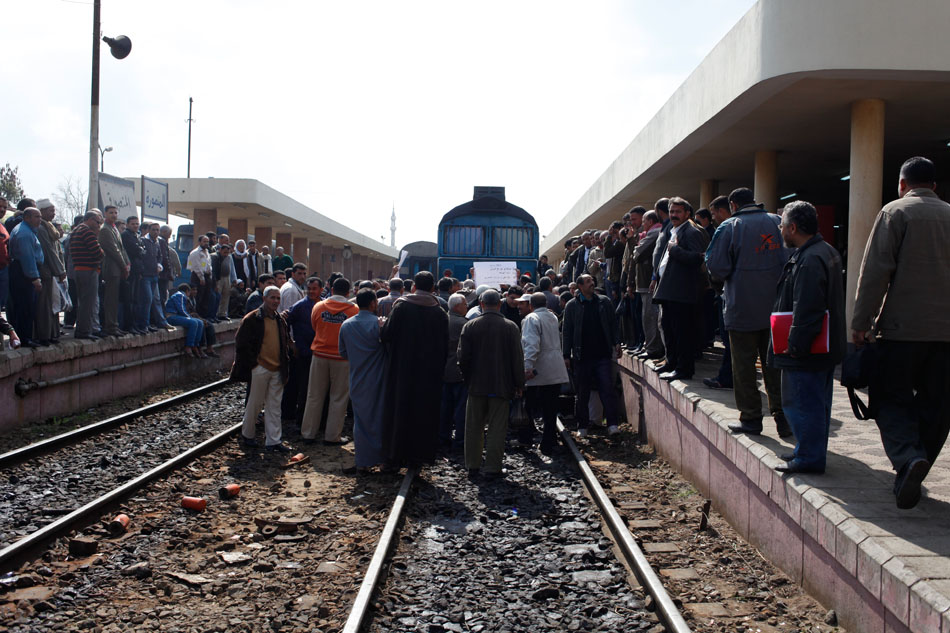
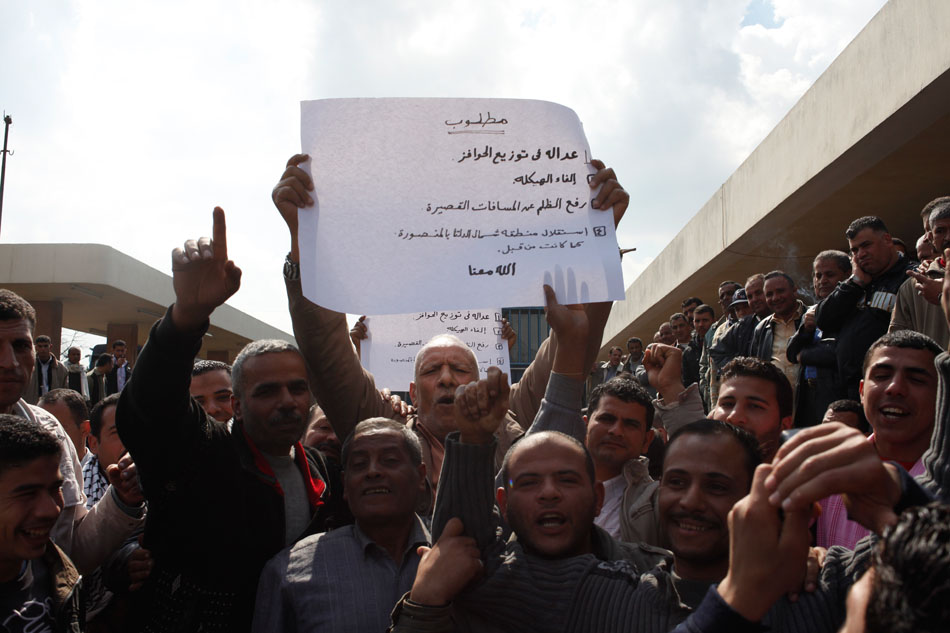
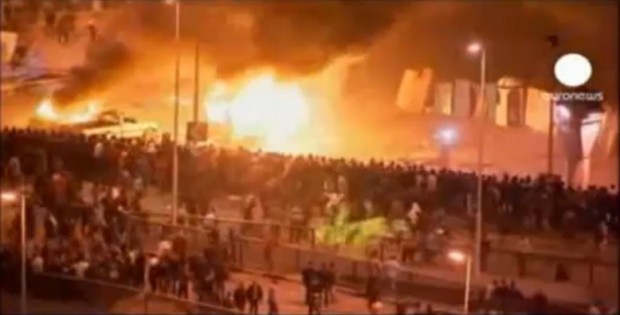
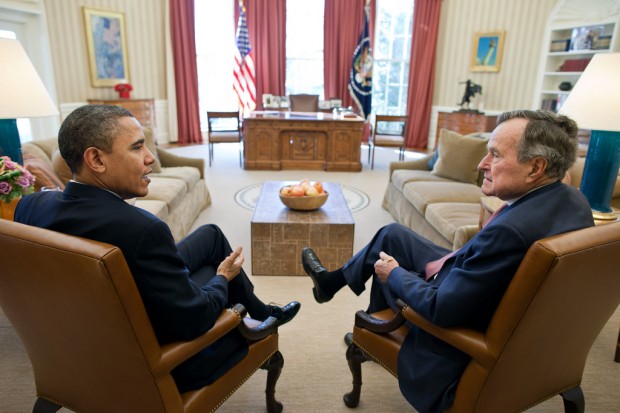
Reactions
Comments Powered by Disqus